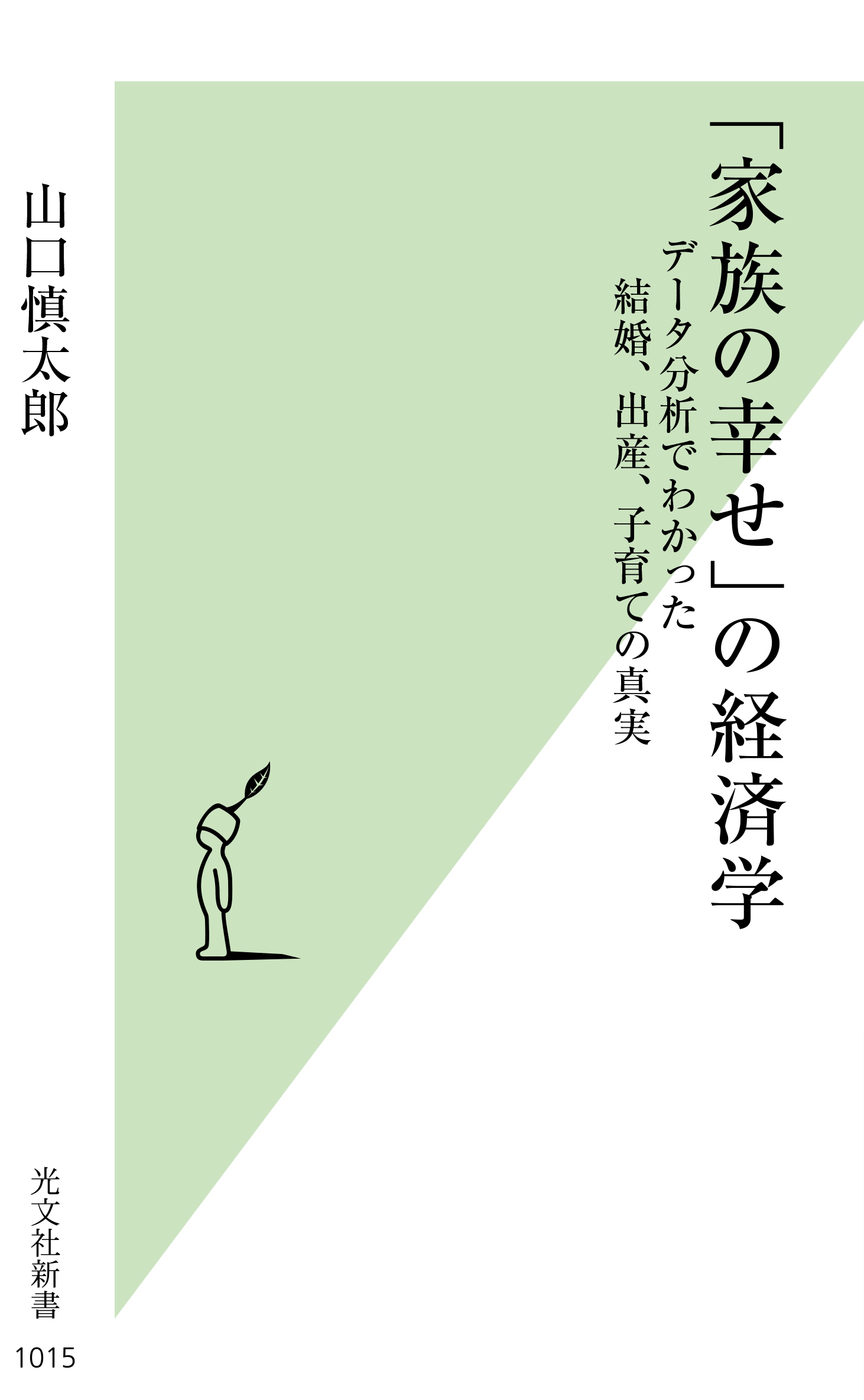Lives made easier by economics Diversity & Inclusion Research 01

This series introduces University of Tokyo researchers studying diversity and inclusion from a variety of perspectives.
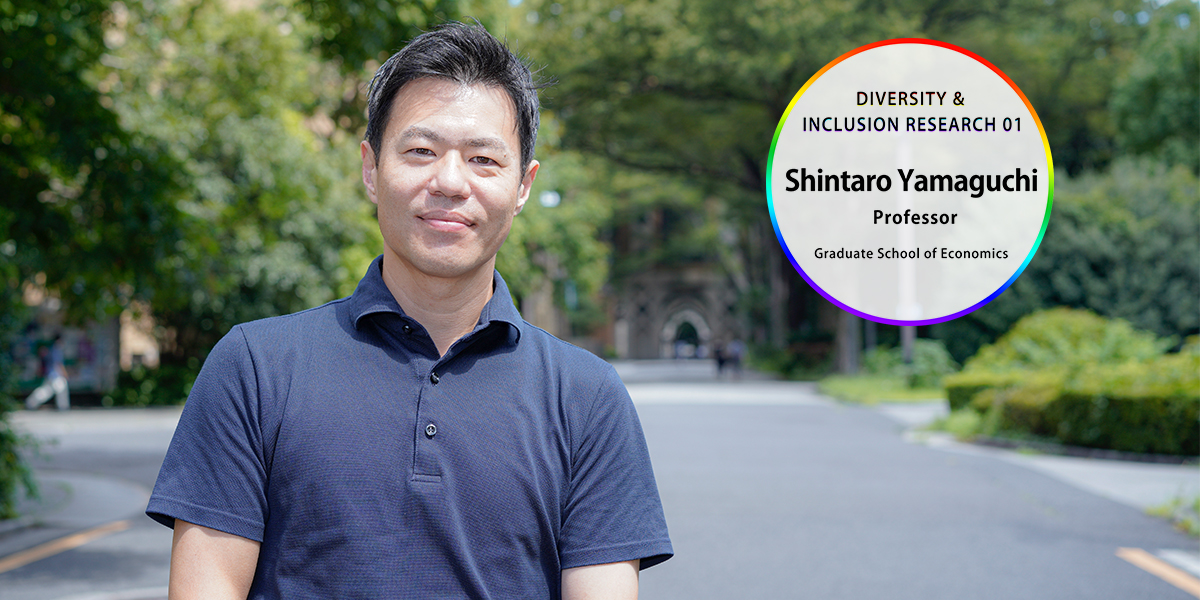
Graduate School of Economics Professor Shintaro Yamaguchi
―― You have studied marriage, childbirth and child-rearing from an economic perspective. Why did you choose these themes?
I specialize in labor economics. After I obtained my Ph.D. in the U.S., I worked first at a university in Canada. At that time, I was using data in North America, but when I was granted tenure after five years, I thought I wanted to spend the rest of my career studying something about Japan. Before getting tenure, I studied the mechanisms by which wages rise in the early stages of a man's career, whether through job changes or skill development. But I had always thought that the major difference between the Japanese and North American labor markets is how women are utilized in society. The situation in Japan has improved quite a bit recently, but when I got my Ph.D. in 2006, the employment rate of Japanese women was low, while many women held management positions in the U.S.
Considering that the birthrate decline was a social issue in Japan and a labor shortage was imminent, I thought that the country would benefit greatly if its women were more active. That’s how I delved into this field.
―― What did you learn through your research?
I read a lot of papers, and I got a strong impression that what is normal in Japanese society is not normal at all. If you only know Japanese society, you can't imagine how women can be active, so some people say things like, “Women are not suited to be active in society." People saying these things have no intention to hurt others. In addition, there are many myths surrounding child-rearing, such as: "Men can't raise children,” “Women are better suited for parenting," and “For the healthy development of children, mothers should focus on child-rearing until their children turn 3 years old.” However, scientific research points to the lack of basis for almost all of these statements, and that such myths are defined to a large extent by social customs. So the more research I did, the more I felt all these stereotypes were proven wrong.
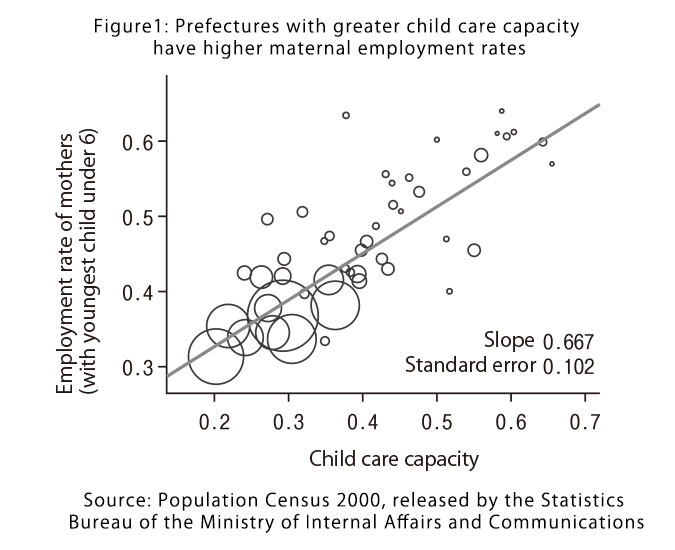
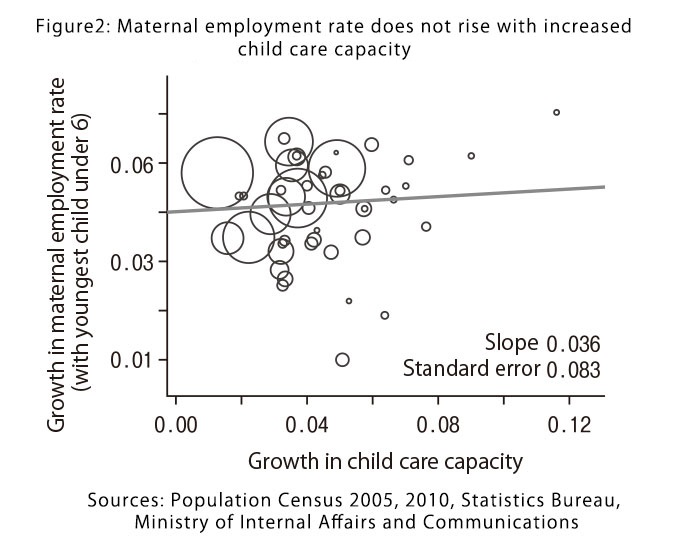
―― Your 2019 book, Kazoku no Shiawase no Keizaigaku (The Economics of Family Happiness), includes many references to medical papers. I thought economics was concerned only with money-related matters.
Economics has always been good at finding causal relationships through observations and without doing actual experiments, so we are getting more into areas where experiments are not possible. For example, it is ethically difficult to conduct an experiment to examine whether it is better to have a cesarean section or a normal delivery. When investigating the effects of a cesarean section on child development, analytical methods originally developed in economics were found to be applicable. This way, economists have delved into fields that they previously hadn’t studied, such as health care and education. Thirty to 40 years ago, the field of labor economics would have focused on looking at macroeconomic statistics such as unemployment rates, the number of people employed and wages. But economics itself is a discipline that provides a framework for thinking about why and how people behave the way they do. Childbirth and child-rearing involve a series of decisions, and when we think about the constraints and calculations behind these decisions, the framework of economics naturally lends itself to understand such behavior. Economics can be used to study any human behavior in society.
―― Childbirth, marriage and child-rearing are also private matters. Some people are unable to have children even if they want to, so how should we go about designing a system that is fair to everyone?
I don’t think our ultimate goal is to create a society where it is easy to raise children. The first concrete step might be to make it easier for people to take child care leave. The next step, though, would be to create a society where it is easy for people to take time off when they get sick or need to take care of their family, or when they have a mental illness that is not easily recognized, or when they want to take time off to improve their skills. The ultimate goal is to create a society where life is easier for everyone. Child care support is picked first because it affects many people, and because Japan’s declining birthrate is a social issue, but the overarching goals are really tied to diversity and inclusion. People who intend to stay single may get sick or want to take some time off to help a friend or family member. I think the goal is to create workplaces and organizations where people can help each other. For example, people who received help while raising children can help others after their children grow into adults.
―― If you could change one thing to make society more diverse and inclusive, what would it be?
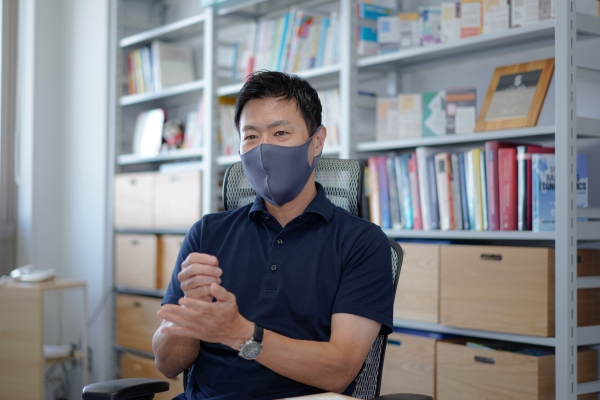
If I had the power to change something directly, I would like to introduce gender quotas, especially in politics, which has the strongest influence on society, even though it is said people don’t trust politics. The decision-making process of Japanese society as a whole is controlled by politics. I think that by introducing gender quotas, diversity will spread throughout society. I expect that the effects will trickle down to the economy and even to universities. They have been introduced in some countries. Here is how it works: If an election is held and the ruling Liberal Democratic Party wins 30 seats in a proportional representation district, for example, the seats will go to 15 men and 15 women, based on the party’s list where male and female candidates are listed in alternating order. Also, I think it would be desirable to have slots for various minority groups, not just women.
As for increasing the ratio of female students at the University of Tokyo, I think it would be a good idea to expand the number of students admitted through recommendations from their high schools (instead of through the conventional entrance examinations). There would be limits to what UTokyo alone can do, as other factors such as the influence of high schools or parents, or perhaps the lack of attractive career options after graduation might be behind the scarcity of female applicants. However, I think UTokyo’s actions would have a great impact on Japan’s university admissions as a whole.
Academic tests are incredibly risky because the students’ fate hinges on the result of that one opportunity. It is well known from research that men tend to take more risks. Data on the SAT, a standardized test used for college admissions in the U.S., have shown that male students often write answers to exams with wild guesses, while female students do not. This is because with the SAT, you get points deducted from your score for writing in wrong answers. Female students tend to avoid risks, so not relying on wild guesses means their scores end up being lower than those of male students. Therefore, the test helped select students based on how they acted, not on the amount of knowledge they had or their ability to think. Tests can be unintentionally biased that way, so it is not surprising if the current entrance examinations favor males. Japanese society considers written exams to be sacred. The admission systems in the U.S. has problems as well, such as a tendency to select socially privileged people by placing emphasis on aspects of the selection process other than written tests. But I think that universities will become more innovative if they introduce systems where more students are selected based on their high school performance, essays and interviews, instead of just written exams.
Interview date: August 4, 2021
Interview/text: Tomoko Otake
Photos: Rohan Mehra



